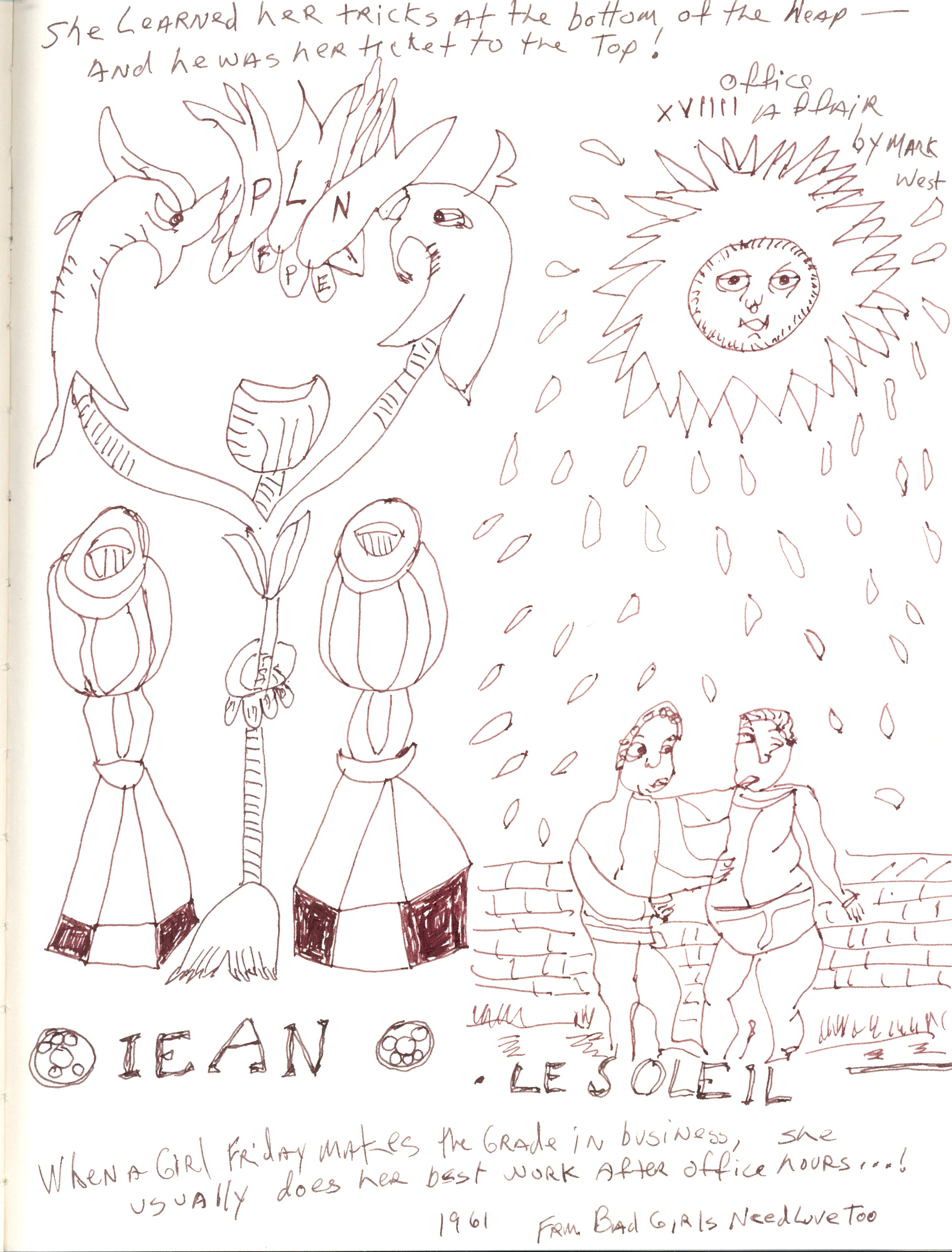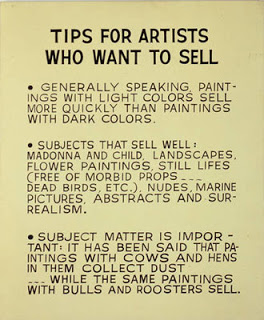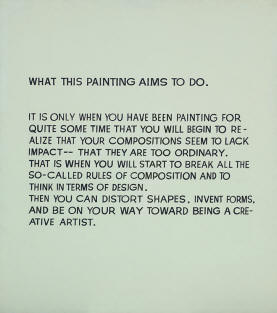rtreview.org
Arts―Humanities―Social
Sciences
contact
rtreview mailing address
Robert Tenor, editorrtreview.org
11312 US 15-501 North, Suite107
Scriptable mailing address
rtreview.org11312 US 15-501 North, Suite107
rtreview.org
profile
Based in Chapel Hill and the Research Triangle Park, North Carolina, rtreview.org is a review of the humanities and social sciences in global as local perspective. We select recently published books and periodicals to cover classic and current trends in culture and the sciences as well as topical themes.
rtreview background
rtreview began as a print newsletter for bookstores and libraries in 1993. As information has become increasingly electronic, rtreview.org ceased print subscription services and became an open source for new information and original contents about recent books in current events, humanities and social sciences, specializing in religion, history and philosophy titles. We are oriented toward nonfiction, but will cover belles-lettres, art trends and literary fiction and poetry.
Scriptable is a new initiative that experiments in creative ways to address an interdisciplinary reviews books in the humanities.
personnel
Paul Nagy is executive editor and
publisher. He brings well over 50 years of experience as a book reviewer and 40
years’ experience as a bookseller and marketer of new books. Paul was the
guiding light of Wordtrade.com for well over twenty years and a consultant for
Sirreadalot.org. Paul has served on the editorial boards for a
number of periodicals. Paul has an M.Div. degree, and a spiritual
friendship practice that enkindles a keen interest in religious studies and
philosophy. Email
Robert Tenor edits Scriptable. He has marketing
background and is a working artist and poet.
Bob has a large appetite for all things in print and is a constant reader when
not painting and sketching. He loves a good police procedural and enjoys the
continuous whirl of ideas and literary discovery this job entails. Email
Axel Craig is review editor. He seeks out unusual titles and lines up reviewers. If you have a book you want us to consider contact him with info and he will contact you in return. Email
A J Kluhs reviews
creative nonfiction and imaginative literature and poetry. She is alert to
story-telling talent and narrative creative innovation. As a content editor,
she works with some reviewers on style and voice. AJ is a avid gardener and a life-long human rights activist
with a professional background in non-profit organizations serving the
community. Email
Many of our reviews are anonymous, but our reviewers are not. They include many
people from across the country who have a keen interest in some subject and
want their opinions to count. We are always interested in potential reviewers.
Send us a sample review and résumé. If you have an academic passion one of us
may work with you to develop you style and voice.

conceptual art
frames
profile: john baldessari

John Baldessari is an American conceptual artist recognized for his work featuring found photography and appropriated images. "A TWO-DIMENSIONAL SURFACE WITHOUT ANY ARTICULATION IS A DEAD EXPERIENCE"
"I was always interested in language. I thought, why not? If a painting, by the normal definition of the term, is paint on canvas, why can't it be painted words on canvas?" Contrasting text with images in numerous photographic media, he takes them out of their unique setting by repositioning their arrangement, frequently together with the adding of words or sentences.
"Look at the subject as if you have never seen it before. Examine it from every side. Draw its outline with your eyes or in the air with your hands, and saturate yourself with it." This partiality for language that frames images, highlights how words and games resemble by fitting themselves in parallels of method and structure to games and syntax, as both function by a random and yet compulsory system of rules for transformation within structure.
For Baldessari this work requires direction that eventually comprises the need to point. Here arrows and words direct, in which he tells the viewer not only what to look at but how to make selections and comparisons, often simply for the sake of doing so. The pointing moved showing to, in due course, to its elementary point as dot, small or large such as found in newsprint photos. Dots are the stop and start of conceptual art. “I go back and forth between wanting to be abundantly simple and maddeningly complex.”

John Baldessari, What This
Painting Aims To Do,
1967, Whitney
Museum of American Art